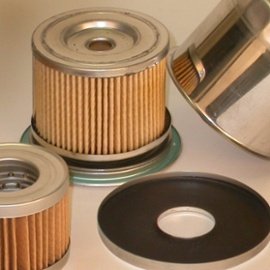
Induction Curing
Application Notes
Discover the Advantages of Induction HeatingCuring involves any process where heat is used to catalyze or initiate chemical and molecular level structural changes in a polymeric materials such as epoxies, phenolics, polyesters and silicones. These materials are applied in many ways to various products for bonding, protective coating, sealing, insulation and other uses.
Air curing and hot fan curing are often used for curing small production runs, despite inconsistent results. Large production runs often are cured in batches in large ovens which must be run continuously. Induction heating provides a much better solution for adhesive curing.
Popular Induction Curing Application Notes

It took 5 seconds with a 2 kW EASYHEAT to reach temperature, which melted the plastic for a solid bond without cracking the molded plastic.

Using induction heating, the parts came to the required temperature in just 15 seconds in a highly repeatable heating method and a coil plate could offer protection against operator movement/errors

Induction offers dramatically faster heating when compared to ultrasonics; faster heating means there is the potential to dramatically increase production rates with a highly repeatable and easy-to integrate processes.

Innovation: Induction Foster Lab was able to solve a problem that a competitor couldn’t solve, which is a key benefit when purchasing induction solutions from Induction Foster.

With a more reliable induction heating system, they will not have to worry about lost production due to power supply issues that come with an unreliable system

Outdated equipment and poor responsiveness drove this customer to a new vendor who could help them with new or improved processes for new or enhanced solutions

Induction is used to bond the device sheath to collet. Innovative coil design lifts production rate.

Induction heating provides hands-free heating that involves no operator skill for manufacturing, even distribution of heating and localized application of energy limits temperature drift

A three turn helical coil is used to heat the brass bushing. The brass bushing is heated for 2 seconds and then placed on the wire connector & pressed into position.

Induction heating provides “greener” manufacturing of pallets using reusable, recyclable materials, hands-free heating that involves minimal operator skill for manufacturing and even distribution of heating


